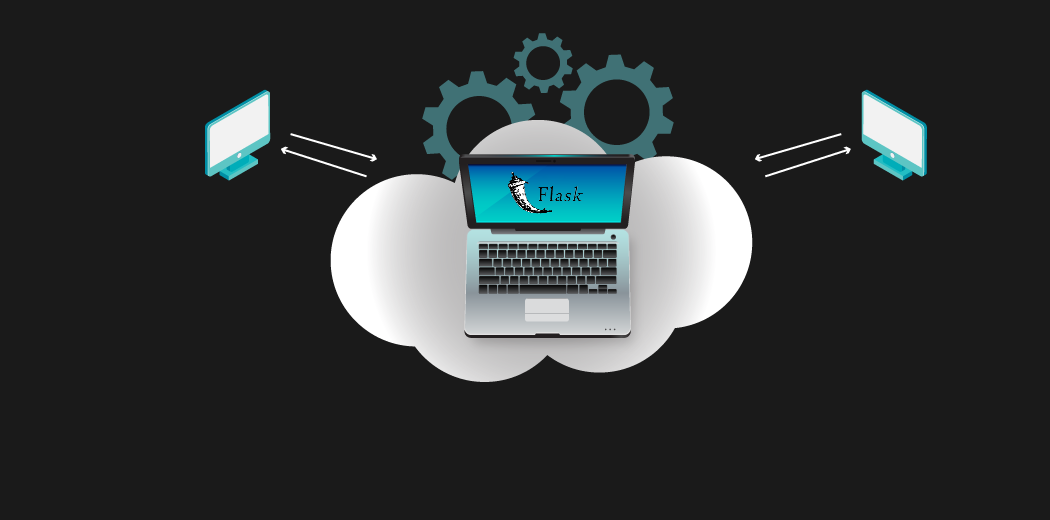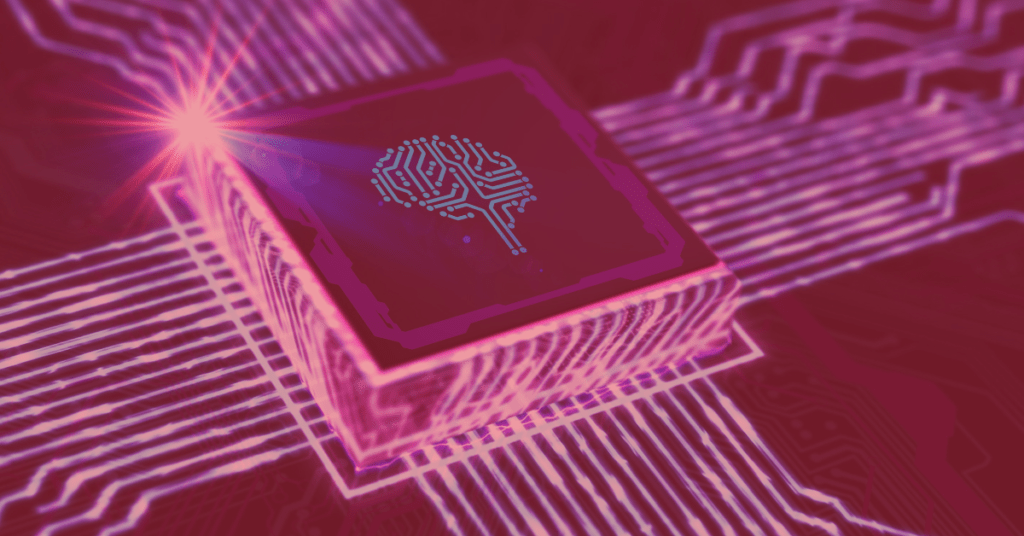
Best Practices For Deploying Machine Learning Models In Production
By Udit Agarwal

Deploying machine learning models in production is a complex and challenging task, requiring careful consideration of various factors. This response will explore a few of the best practices for deploying machine learning models in production.
Choose the correct deployment method.
Several deployment methods exist for machine learning models, including serverless, containerisation, and virtual machines. You must choose the correct deployment method based on your use case, scalability requirements, and available resources.
Serverless deployment can be an excellent option for small-scale models or proof-of-concept projects. Containerisation, using tools such as Docker or Kubernetes, can be a superb option for deploying models at scale, as it provides a consistent and isolated environment for running the model. Virtual machines can be a good option when deploying a model on a specific operating system or hardware.
Build a reproducible Machine Learning Models
To deploy a machine learning model in production, you must build a reproducible model. This requires careful documentation of the model architecture, data preprocessing steps, and hyperparameters.
Ensure that the code for building the model is well-documented and modular, allowing other developers to understand the code and make changes effortlessly. You can use version control systems like Git to manage the code and track changes.
Test the Machine Learning Models
Testing the model is crucial to ensure it works as intended in a production environment. Test the model with diverse datasets, edge cases, and scenarios to identify issues or bugs. This can help you avoid unexpected behaviour in a production environment.
Have a comprehensive test plan that covers various scenarios, including positive and negative cases. You can use testing frameworks such as pytest or unittest to automate testing and ensure the tests are repeatable and reliable.
Monitor the model
Monitoring the model is essential to detect any performance issues or changes in the model’s behaviour. You can use monitoring tools to track accuracy, precision, recall, and F1 score metrics. This can help you quickly identify and resolve issues, ensuring the model performs optimally.
You should have a monitoring system that alerts you when the model’s performance falls below a certain threshold. You can use monitoring tools like Grafana or Prometheus to visualise and track performance metrics over time.

Automate the deployment process
Automating the deployment process can reduce the risk of human error and ensure consistency in the deployment process. You can use tools like Jenkins or GitLab CI/CD pipelines to automate the deployment process.
It should have a well-defined deployment pipeline for testing, staging, and production environments. You can use configuration management tools such as Ansible or Chef to automate the deployment process and ensure the environment is consistent across all stages.
Secure the model
Security is a critical aspect of deploying machine learning models in production. Ensure the model and its processed data are secure from external threats. This requires implementing security measures such as access controls, encryption, and secure communication protocols.
You should have a security plan covering various aspects such as data encryption, access controls, and secure communication protocols. You can use tools like Hashicorp Vault or AWS KMS to manage encryption keys and specific data at rest.
Also Read: Debugging and Troubleshooting Microservices Architecture
Maintain version control
Maintaining version control is essential to ensure you can revert to an earlier version of the model in case of issues. You can use version control tools such as Git to maintain version control and collaborate with other team members.
You should have a version control system that tracks changes to the code, data, and configuration files. It should also have a process for reviewing and approving changes in the production branch.
Bottom Line
In summary, deploying machine learning models in production requires careful consideration of various factors, including deployment method, reproducibility, testing, monitoring, automation, security, version control, and updates. By adhering to these best practices, you can confidently deploy machine learning models in production, guaranteeing optimal performance and delivering value to your organization.